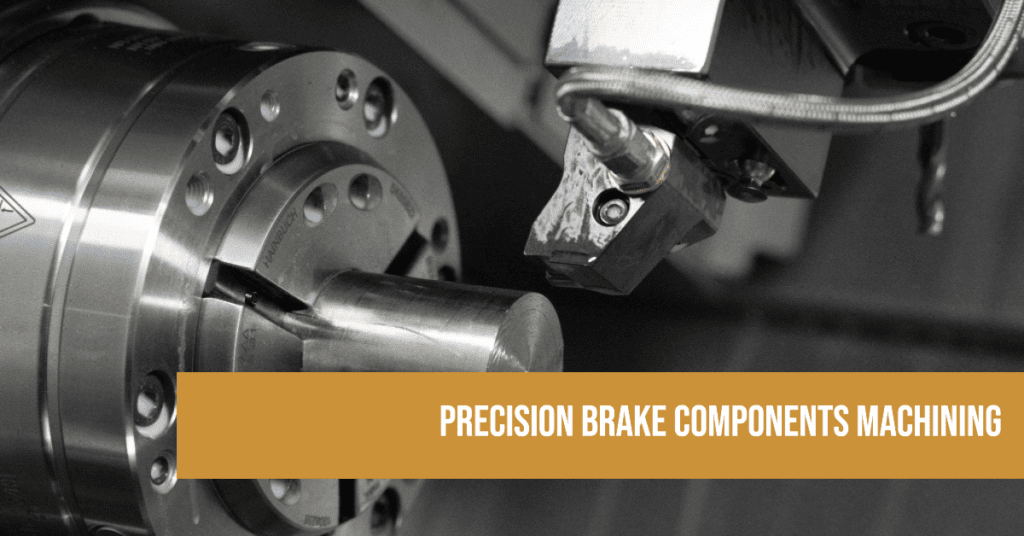
The production of brake components holds a critical position. The reliability and precision of these components can significantly impact a vehicle’s safety. Therefore, it is paramount that their manufacturing process ensures the highest degree of precision and quality. This is where CNC machining comes into play. By leveraging pre-programmed software to control the machinery, CNC machining introduces remarkable accuracy, consistency, and efficiency to the manufacturing of brake components.
This article delves into the intricacies of this transformative process, highlighting its benefits, potential challenges, and future trends, with a particular emphasis on Prolean’s role in pioneering these developments.
The Art of CNC Machining
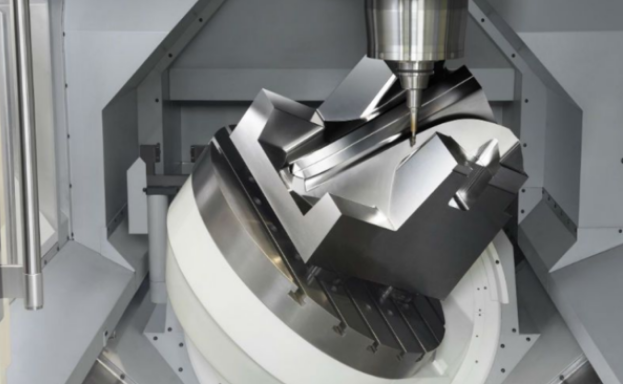
CNC machining is a manufacturing process in which pre-programmed computer CAM software dictates the movement of factory tools and machinery. With the capacity to control machine tools to a fraction of a millimeter, this technique introduces extraordinary precision to manufacturing processes.
In the context of car brake components, this precision is paramount. It ensures each part fits flawlessly within the brake assembly, thereby enhancing the overall performance and safety of the vehicle.
Key Aspects of CNC Machining:
- Precision and Accuracy: CNC machining ensures each part is produced to exact specifications, thus improving component fit and overall brake performance.
- Consistency: With CNC machining, every single part produced is identical to the last, guaranteeing uniformity.
- Flexibility: The ability to switch between different jobs simply by changing the program allows manufacturers to diversify their production lines and meet various demands.
Manufacturing Brake Components Using CNC Machining
The process of manufacturing brake components via CNC machining involves a series of carefully coordinated steps. First, the brake component is designed using CAD software. The finalized design is then converted into a CNC program, which the CNC machine uses to create the part.
Steps Involved:
1. Material Selection
One of the most important steps in the manufacturing process is material selection. The appropriate material is chosen based on a variety of factors, including the brake component’s requirements, such as strength, durability, and resistance to wear and tear. The material should also be compatible with the machining process that will be used to create the part.
2. Designing
The brake component manufacturing process involves several steps, each of which plays a crucial role in ensuring the final product meets the required industry and safety standards. CAD software is utilized to design the brake component, including its dimensions and specifications. Once the design is complete, it is converted into a CNC program, which specifies the precise movements of the machine that will create the part.
3. The machining begins
The next step is the actual machining process, which involves the use of a CNC machine. The machine executes the program created in the previous step, and it uses a variety of tools and techniques to create the brake component. The machining process must be carefully monitored to ensure the final product meets all required specifications.
4. Quality Check/Control
Once the machining process is complete, the finished parts undergo a thorough quality check. This involves inspecting the parts to ensure they meet all industry and safety standards. Any parts that do not meet these requirements are discarded, and the manufacturing process is repeated until all parts pass the quality check. By following these steps, we can ensure that the brake components are of the highest quality and will perform as expected.
Key Brake Components Manufactured Using CNC Machining
The following are the key brake components that can be created with CNC machining approach. Let’s discuss them in brief.
1. Brake Discs
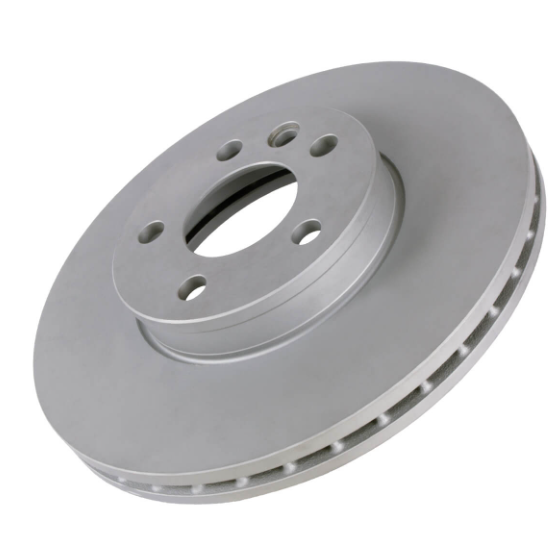
The brake discs play a crucial role in the brake system as they are the components that the brake pads clamp down on to slow or stop the vehicle. Thanks to the precision provided by CNC machining, brake discs are made to exact specifications, resulting in enhanced performance and longevity. Additionally, brake discs come in various types, such as solid, vented, drilled, and slotted, each with its own advantages and disadvantages.
2. Brake Calipers
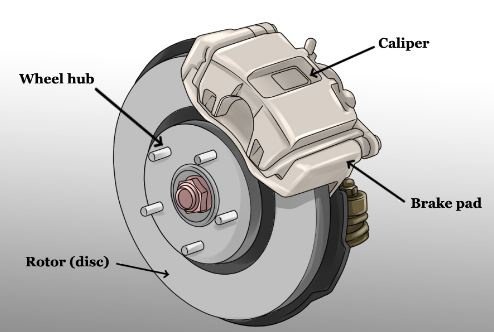
Brake calipers are essential components that fit over the brake disc and house the brake pads. CNC machining provides exact and consistent dimensions, ensuring that the caliper fits perfectly over the disc. Brake calipers also come in various types, such as floating, fixed, sliding, and multi-piston, each with its own benefits and drawbacks.
3. Brake Pads
Brake pads are crucial parts of the brake system as they apply pressure and friction to the brake rotors, allowing the vehicle to stop. They require a high level of precision and uniformity, both of which are achievable through CNC machining. Brake pads also come in various types, such as ceramic, organic, metallic, and semi-metallic, each with its own unique properties and benefits.
Benefits of CNC Machining in Brake Component Manufacturing
The following table highlights the Benefits of CNC Machining in Brake Component Manufacturing:
| Aspect | Description |
|---|---|
| High Productivity | CNC machining offers high productivity and efficiency, making it ideal for large-scale brake component production. With the ability to run continuously, CNC machines can produce a high volume of parts in a short period of time. |
| Reduced Human Error | CNC machines eliminate the potential for human error, ensuring that every part produced is identical to the last. This consistency guarantees that the brake components meet the required industry and safety standards. |
| Better Quality Control | CNC machines offer precise and consistent measurements, making it easier to detect any defects or flaws in the brake components. This allows for better quality control and ensures that only high-quality parts are delivered to customers. |
| Precision and Consistency | Given that brake components play a direct role in vehicle safety, the high precision and consistency offered by CNC machining become essential. |
| Scalability | With the capability to run around the clock, CNC machining is ideal for large-scale production – a common requirement in the automotive industry. |
| Versatility | CNC machines offer the flexibility to switch between different jobs by simply changing the program, making it easier to manufacture a variety of brake components. |
Challenges and Potential Solutions in CNC Machining
While CNC machining offers significant benefits, it’s not devoid of challenges. The high initial setup and operating costs of CNC machines can be a barrier. Additionally, there is a need for skilled labor to operate these machines. However, these challenges can be mitigated over time, as the high efficiency and high output of CNC machining offset the initial costs. Furthermore, continuous training and increased automation can reduce the need for manual labor.
Challenges & Solutions:
| Challenges | Solutions |
|---|---|
| High Setup and Operation Costs | Offset by the high efficiency and high volume of production |
| Need for Skilled Labor | Continuous training and increased automation |
The Future of CNC Machining in Brake Component Manufacturing
Advancements in technology promise to further enhance the capabilities of CNC machining in the field of brake component manufacturing. The incorporation of artificial intelligence (AI) and the Internet of Things (IoT) can automate the machining process, increase efficiency, reduce human error, and allow real-time monitoring and adjustments.
Expected Future Innovations:
- AI-Driven Automation: AI can further enhance the CNC machining process by automating tasks, reducing human error, and increasing overall efficiency.
- Real-Time Monitoring and Adjustments: IoT devices can provide real-time monitoring of the machining process, identify potential issues, and make necessary adjustments, ensuring optimal performance.
Conclusion
CNC machining is transforming the manufacturing of car brake components, contributing significantly to enhancing precision, consistency, and efficiency. With the capacity to produce complex parts with extreme accuracy, it is driving a revolution in automotive manufacturing. As we look forward, technological advancements like AI and IoT promise to further enhance this process, bringing forth a new era of innovation in automotive manufacturing.
Leading the charge in this revolution is Prolean, with its state-of-the-art CNC machining services. They demonstrate how, with the right tools and expertise, CNC machining can truly elevate the production process, driving enhanced performance, safety, and sustainability in the automotive industry.
FAQs
1. What is the role of CNC machining in the manufacturing of brake components?
CNC machining plays a pivotal role in the manufacturing of brake components by providing high precision, consistency, and efficiency. This technology allows for the production of brake discs, calipers, and pads to exact specifications, enhancing vehicle safety and performance.
2. What are some challenges in CNC machining, and how are they addressed?
High setup and operation costs and the need for skilled labor are among the challenges presented by CNC machining. However, the cost can be offset over time due to the high efficiency and output of CNC machines. Also, the need for skilled labor can be addressed through continuous training and increased automation.
3. How does Prolean’s CNC machining services contribute to brake component manufacturing?
Prolean’s CNC machining services lead the way in the production of high-quality brake components. Their state-of-the-art CNC machines and highly trained staff ensure the delivery of precision, quality, and consistency in every component. Their commitment to innovation and continuous improvement keeps them at the forefront of the industry.
4. How will future advancements like AI and IoT impact CNC machining?
AI and IoT are set to revolutionize CNC machining. AI can automate tasks, reducing human error and increasing overall efficiency. On the other hand, IoT devices can monitor the machining process in real time, identify potential issues, and make necessary adjustments, ensuring optimal performance.

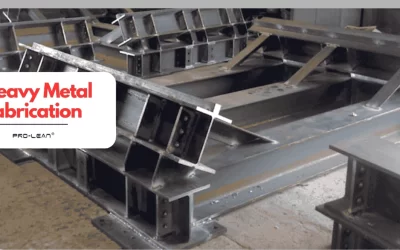
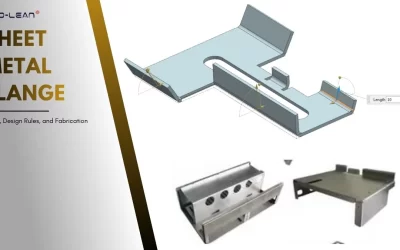
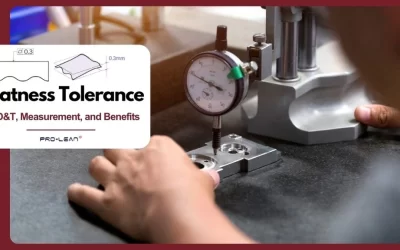
0 Comments